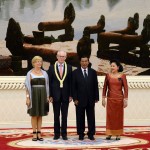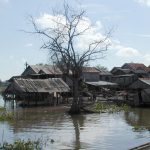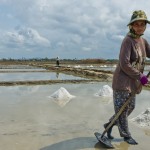Parliament

Upon the reinstatement of the second monarchy in 1993, Cambodian citizens are the master of their destiny and sources of all power. With the introduction of the liberal democracy in the Kingdom, all Cambodians at their 18 years or over, except where it is prescribed ...
Priority health concerns

Two daughters look at their mother who is dying from HIV/AIDS, Cambodia. Photo by World Bank, taken in 2002. Licensed under CC BY-NC-ND 2.0.Two common features mark Cambodia’s major health concerns:Some health figures are among the worst in the world – the 26 cases of ...
System of government
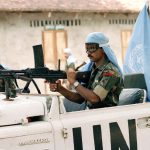
UNTAC soldiers from India patrolling the streets in Prey Veng province, Cambodia, on the second day of voting. Photo by United Nations Transitional Authority of Cambodia (UNTAC), taken on May 24 1993. Licensed under CC BY-NC-ND 2.0Cambodia inherited legal and political systems and a state ...
Agricultural policy and administration

Agriculture in Cambodia accounts for approximately 56% of the labour force. The size of the sector means that policies developed here have a significant impact on the whole country. Agricultural policy and administration is managed by the Ministry of Agriculture, Forestry and Fisheries (MAFF). There ...
Science and technology education and promotion

Cambodia recognizes the important role of science and technology in the 21st century and aims to transform and integrate technology into its human resources through the education sector. Various policies and strategies are implemented to achieve the goal such as Policy guidelines for New Generation ...
Expropriation
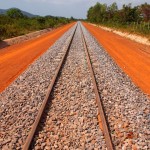
The Constitution of the Kingdom of Cambodia and the Land Law of 2001 both guarantee an individual’s right to property protection. Though part of the Government’s policy framework since 2002, not until 2010 did a legal framework exist to govern the process by which the ...
Elections
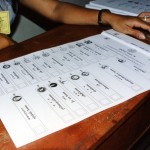
Election ballots, Cambodia. Photo by Daniel Littlewood, taken on April 20, 2004. Licensed under CC BY-NC-ND 2.0History of Cambodia’s electionsCambodia saw consecutive civil wars for more than 20 years after the coup in 1970. In 1991, parties in the conflict reached agreement to end the ...
Pollution and waste
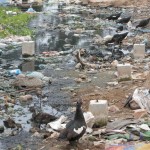
The rapid economic and population growth in Cambodia is leading to significant environmental pollution. The economic development activities have generated major environmental consequences, including air pollution, water pollution, noise pollution and solid wastes. ...
Securities exchange (stock market)
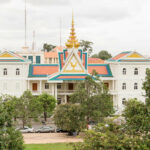
Starting from 2001, work began on promoting the formation of a Cambodian Stock Exchange (CSE or CSX) as a means of supporting the economic system in Cambodia’s development. A stock exchange facilitates the buying and selling of stocks among investors. Dr. Bit Seanglim, Chairman of ...
Maternal and child health
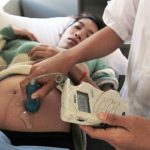
The number of mothers who died in labour has nearly halved over four years, from 182 fatalities in 2011 to 100 in 2015.290 Deaths among children have also dropped, although they remain comparatively high, and the prevalence of underweight newborns is high compared to many ...
Land policy and administration
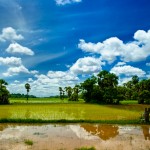
The Royal Government of Cambodia's land policy has three pillars: land administration, land management and land distribution. The objective of the country’s land policy is to facilitate the use and management of land and natural resources for socio-economic development in an equitable and sustainable manner. ...
Plants
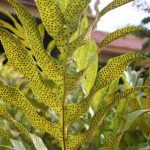
Although there are often new discoveries,316 a global lack of up to date data on botanical research makes plants biodiversity hard to assess in Cambodia. Compared to neighboring countries, the number of plant species is low, mostly due to the relative country’s flat landscape.317 Botanical knowledge ...
Cassava

Cassava is a significant contributor to the agricultural sector in Cambodia. The planting, harvesting, processing and export of cassava provides jobs and livelihoods for thousands of Cambodians. Cassava is a significant cash crop for Cambodian farmers.340 Cassava production in Cambodia has increased substantially since 2006. ...
Vocational education
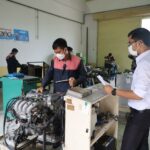
By definition, Vocational education refers to the program that enables people to acquire highly transferable and development skills. It also grants people the necessary technical skill for their desired career.390 Cambodia’s vocational education plays an important role during the country’s economic structural transition and the ...
Non-renewable energy production
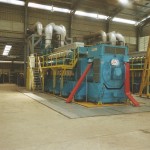
Non-renewable energy sources are chiefly fossil fuels such as coal, diesel, oil and gas. They provide most of Cambodia’s locally-produced electrical supply – in 2011 diesel and heavy fuel oil generators provided 89% of local electricity generation. ...
Infrastructure
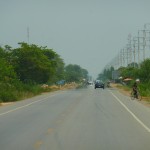
A national road in Cambodia. Photo by Pat Scullion, taken on 2 April 2010 under CC BY-NC-ND 2.0Infrastructure describes the built assets that allow a country to function, such as roads, railways, ports, airports, communication systems, electricity and drinking water distribution networks. The Ministry of ...
Education policy and administration
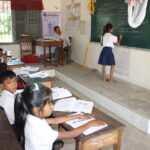
The Royal Government of Cambodia has continued its effort to reform the education sector at all levels. Over the years, policies and regulations have been enforced to improve education quality, accessibility, efficiency, effectiveness, inclusiveness, and transparency. Those policies and regulations include Education Strategic Plan 2019-2023, ...


